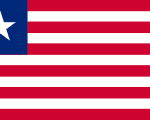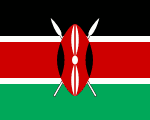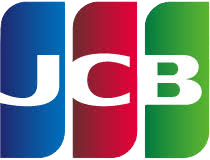Lesotho is a small but fascinating country in Southern Africa, with a rich history and culture. It is one of the few countries in the world that is completely surrounded by another country, South Africa, and has a unique geography and climate. Here are some interesting facts about Lesotho that you may not know.
- Lesotho is the only country in the world that lies entirely above 1,000 meters (3,280 feet) of elevation. Its lowest point is 1,400 meters (4,593 feet) above sea level, making it the highest country in the world by this measure. Its highest peak is Thabana Ntlenyana, which stands at 3,482 meters (11,424 feet) and is the highest point in Southern Africa.
- Lesotho is also known as the Kingdom of Lesotho or the Kingdom in the Sky because of its mountainous terrain and spectacular scenery. It has many natural attractions, such as waterfalls, rock formations, caves, and wildlife. It is also home to the Maloti-Drakensberg Park, a UNESCO World Heritage Site that spans the border with South Africa and contains ancient rock art and diverse flora and fauna.
- Lesotho was founded by King Moshoeshoe I in the 19th century as a refuge for his people, the Basotho, who were fleeing from wars and raids by other African groups. He established his capital at Thaba Bosiu, a natural fortress on a plateau. He also forged alliances with missionaries, traders, and other chiefs to protect his kingdom from external threats.
- Lesotho became a British protectorate in 1868 after Moshoeshoe appealed to Queen Victoria for help against the Boers, who were expanding their territory from South Africa. Lesotho retained its autonomy and identity under British rule, and became independent in 1966. It is one of the three former British High Commission Territories in Southern Africa, along with Botswana and Eswatini (formerly Swaziland).
- Lesotho is a constitutional monarchy with a bicameral parliament. The head of state is King Letsie III, who ascended to the throne in 1996 after his father, King Moshoeshoe II, died in a car accident. The king has no executive power and acts as a symbol of national unity and culture. The head of government is Prime Minister Sam Matekane, who leads a coalition of parties that won the 2022 general election.
- Lesotho has a population of about 2.2 million people, of which 99.7% are Basotho. The Basotho are a Bantu-speaking ethnic group that share a common culture, language, and religion. The official languages of Lesotho are Sesotho and English. Sesotho is a Southern Bantu language that belongs to the Sotho-Tswana branch. It has many loanwords from Afrikaans, English, French, and Zulu.
- Lesotho has a predominantly Christian population, with about 92% of the people belonging to various denominations. The largest ones are Roman Catholic (47%), Protestant (39%), and Pentecostal (7%). There are also small minorities of Muslims, Hindus, Buddhists, and adherents of traditional African religions.
- Lesotho has a mixed economy that relies on agriculture, manufacturing, mining, tourism, and remittances from workers in South Africa. About 80% of the population lives in rural areas and engages in subsistence farming and animal husbandry. The main crops are maize, sorghum, wheat, barley, beans, and potatoes. The main livestock are cattle, sheep, goats, and poultry.
- Lesotho is one of the world’s leading producers of diamonds, accounting for about 10% of its GDP. It has several large mines that produce high-quality gemstones that are exported to international markets. The largest mine is Letšeng Diamond Mine , which is known for producing some of the largest and most valuable diamonds ever found.
- Lesotho also benefits from the Lesotho Highlands Water Project (LHWP), a joint venture with South Africa that involves building dams and tunnels to divert water from the Orange River basin to South Africa’s industrial areas. In return, Lesotho receives royalties from water sales and electricity from hydropower stations.
- Lesotho has a rich and diverse cultural heritage that reflects its history and geography. It has a strong oral tradition that includes folktales, proverbs, riddles, songs, and poetry. It also has a vibrant musical scene that features traditional instruments such as the lesiba (a mouth harp), the setolo-tolo (a jew’s harp), and the thomo (a flute). Some of the popular genres are famo (a style of accordion music), kiba (a style of drumming and singing), and mohobelo (a style of dance music).








